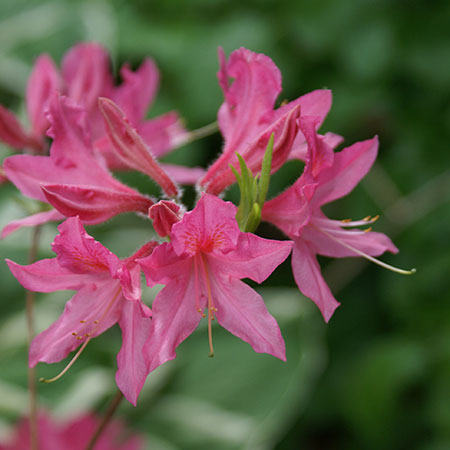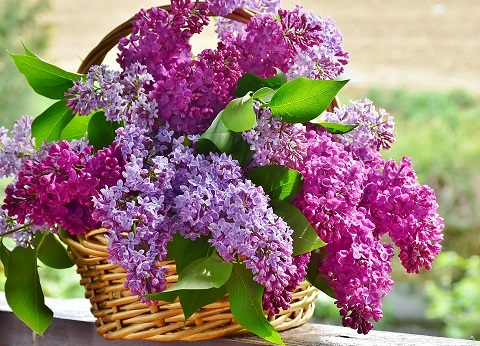Locally Grown – Selected for Connecticut Gardens
Evergreen and flowering shrubs are the backbone of any landscape. Whether it is in a foundation planting or a garden border there is a wide range of plant material that can add depth and dimension to your garden. There are two types of shrubs: deciduous and evergreen. Deciduous shrubs such as Lilac, Forsythia and certain types of Azaleas will flower, foliate and then lose their foliage in the fall season.
Evergreen shrubs like Rhododendron, most Azaleas and Andromeda will feature evergreen foliage all year round, flower and then flush with new growth by summer. The benefit of flowering evergreens is that you benefit from the best of both worlds – beautiful flowers in spring and evergreen foliage for privacy and structure to support the overall landscape plan.
Evergreens, or conifers, are generally needled and retain their needles year round. Evergreens can function as a unifying element in the landscape, or in some cases, a focal point. These focal points, or specimens, can add real drama to a landscape.
We carry a wide selection of plant material selected just for our growing zone. With the improvement in breeding techniques today’s plant material blooms longer, in some cases, re-blooms and is more disease and pest resistant.




